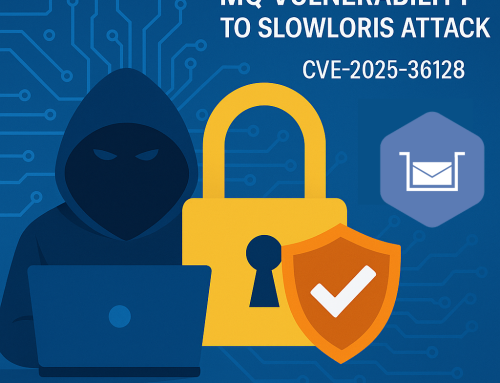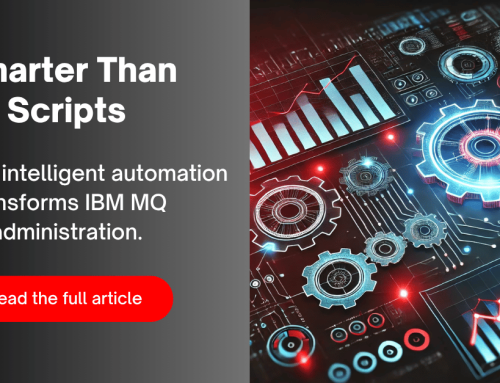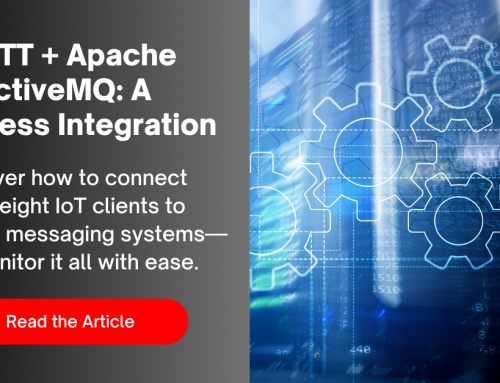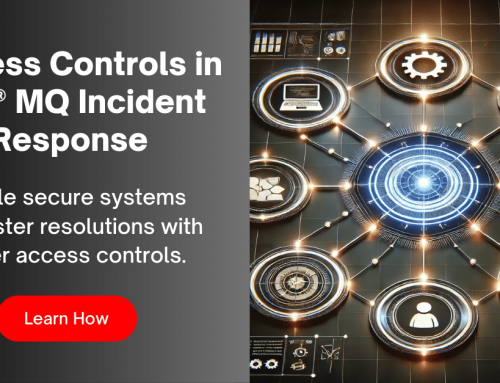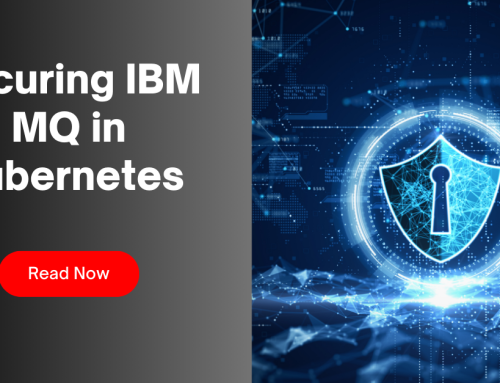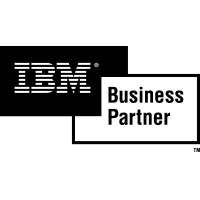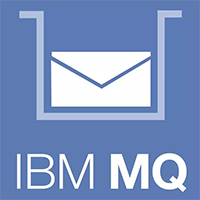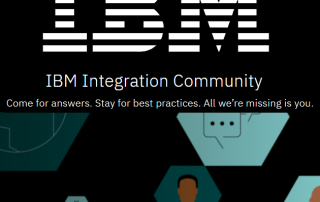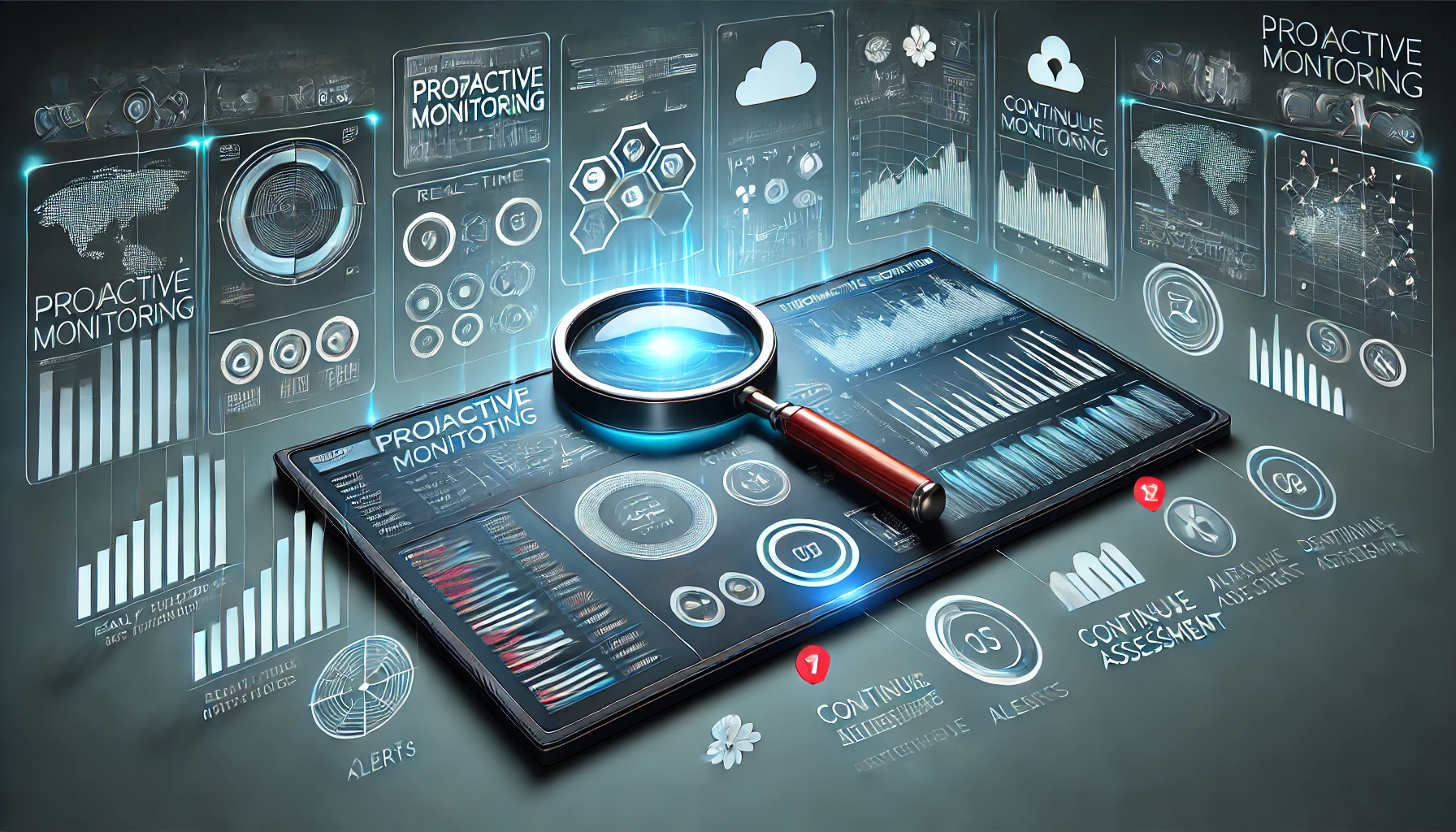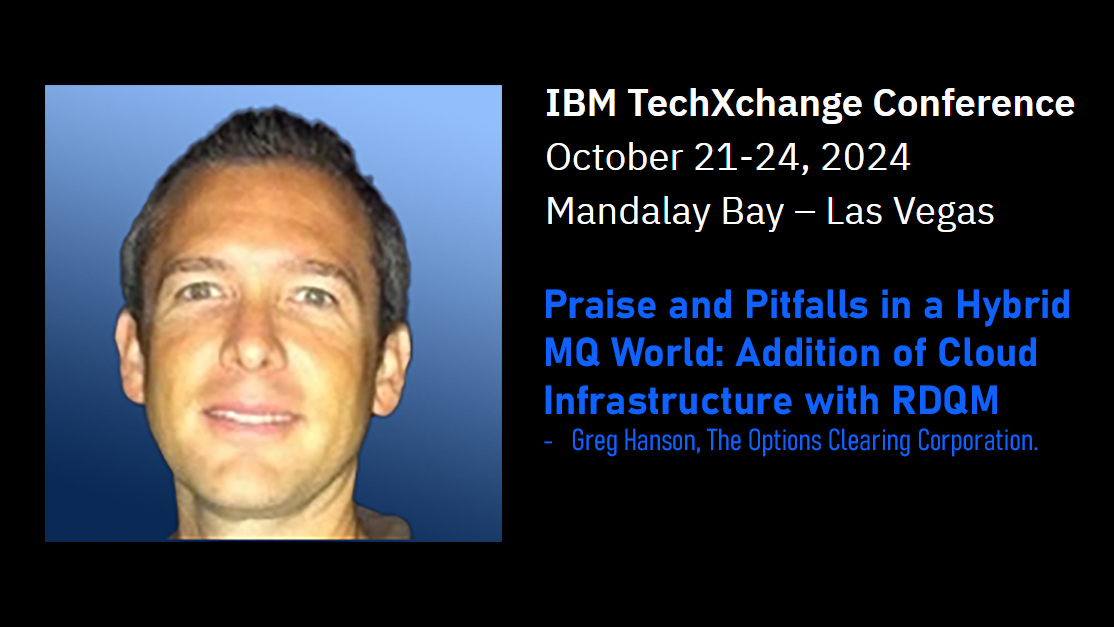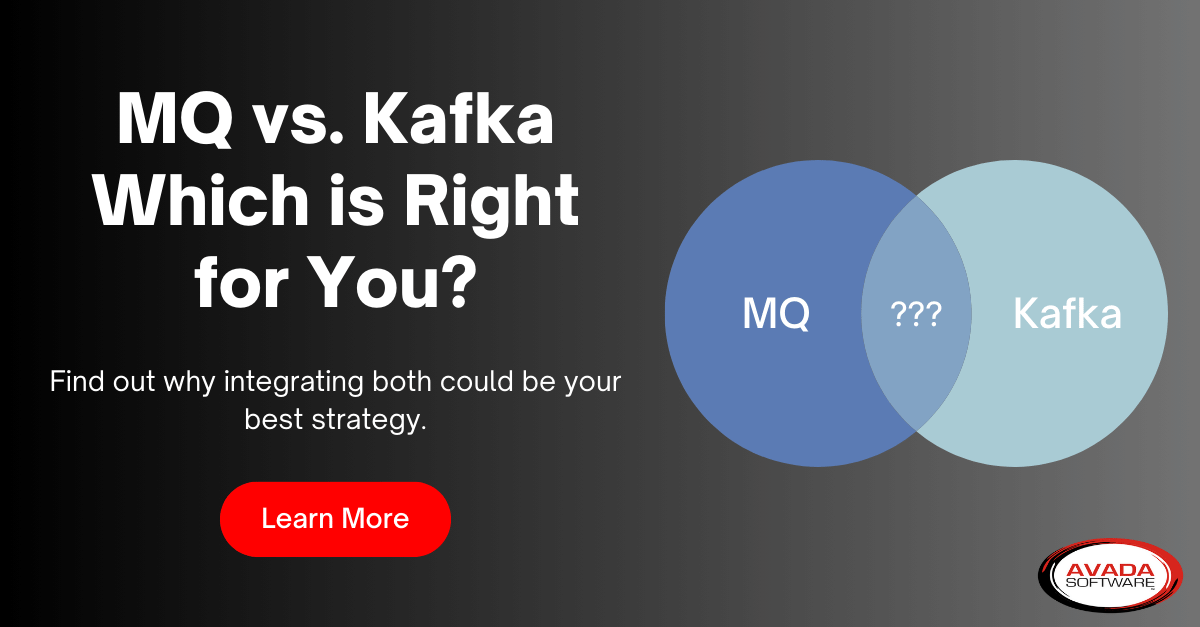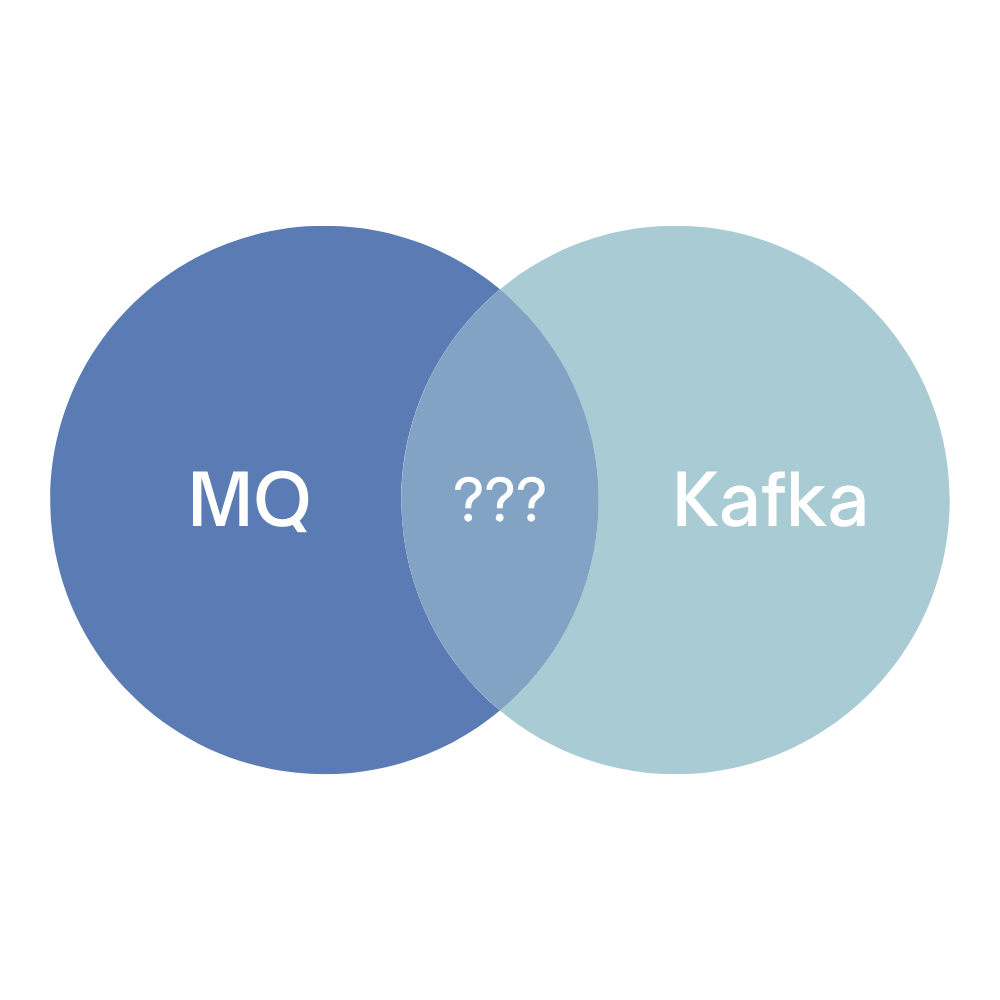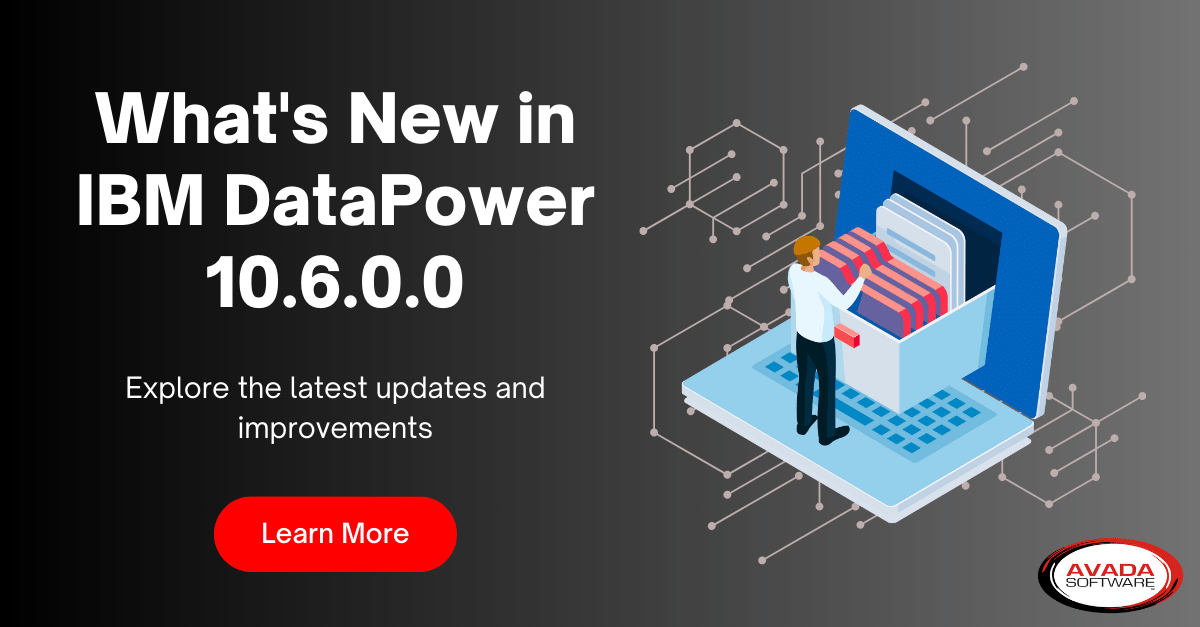Self-Healing Middleware: The Architect’s Blueprint for Resilience
Middleware Architects rely on automated self-healing to maintain system resilience and efficiency. Middleware environments are inherently complex, with interconnected queues, brokers, and channels. Manually addressing issues like queue overflow, stalled processes, or certificate expirations consumes valuable time and resources, leaving architects with less bandwidth for optimization and innovation.
Automated self-healing for middleware systems like IBM MQ, ActiveMQ, or Kafka addresses key operational challenges and enhances reliability, scalability, and efficiency. Here’s why:
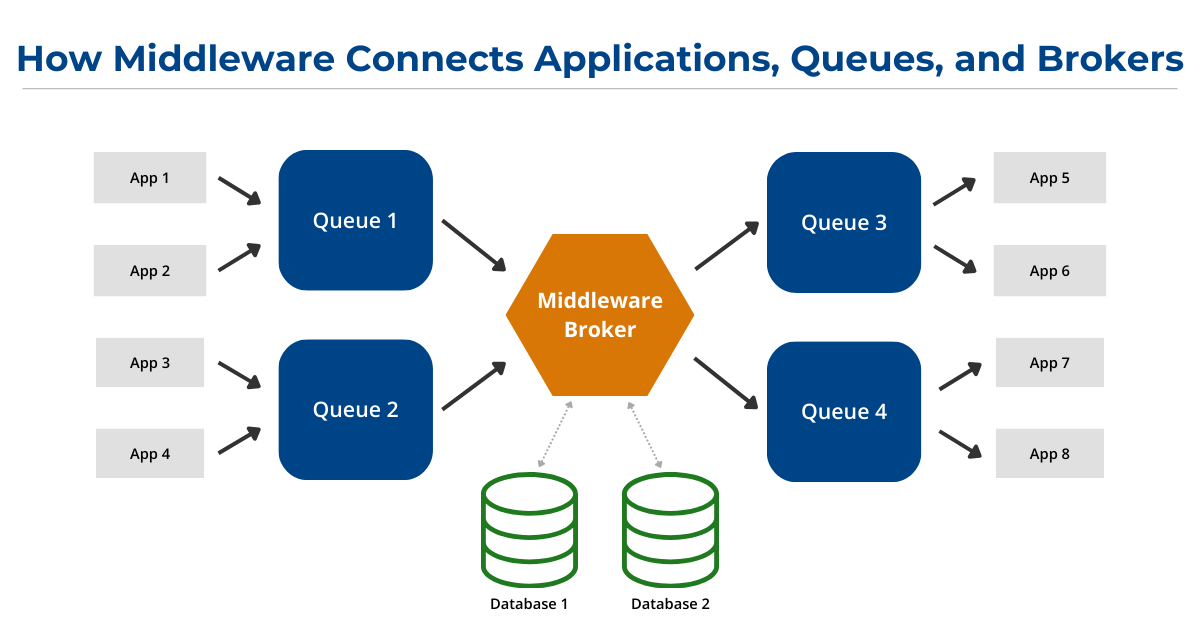
Reducing Downtime and Ensuring Business Continuity
Middleware systems form the backbone of messaging and data exchange across applications. Failures in these systems can lead to:
- Message bottlenecks: Queues filling up and halting transaction processing.
- Data loss: Disruptions in message delivery impacting downstream applications.
- Service interruptions: Outages in dependent applications causing financial and reputational losses.
Automated self-healing ensures that issues like full queues, stalled processes, or disconnected brokers are resolved automatically. This reduces downtime and maintains business continuity without requiring human intervention.
For tips on four key automation strategies to save time and effort on MQ administration, check out this short video.
Improving Operational Efficiency
Middleware Architects manage complex, distributed environments with multiple nodes and components. Manually monitoring and resolving issues across such landscapes is resource-intensive and prone to delays. Automated self-healing:
- Reduces the workload on middleware teams by addressing recurring issues automatically.
- Frees up Middleware Architects to focus on strategic tasks, such as optimizing system design and planning migrations.
Ensuring Consistency and Reliability
Manual issue resolution can introduce errors or delays. Automated self-healing ensures:
- Consistency: Actions like queue clearing, service restarts, or failovers are performed uniformly and reliably.
- Speed: Self-healing mechanisms act instantly upon detecting predefined conditions, reducing mean time to resolution (MTTR).
Enhancing Scalability
As businesses scale their middleware environments, maintaining reliability becomes increasingly complex. Automated self-healing supports scalability by:
- Handling issues across thousands of queues or topics without manual intervention.
- Adapting dynamically to changing conditions, such as traffic spikes, without requiring constant oversight.
Proactive Problem Resolution with Automated Self-Healing
Middleware Architects are responsible for maintaining optimal system health. Automated self-healing enables systems to:
- Automatically clear or reroute queues to prevent overflows.
- Restart stalled services or brokers.
- Scale resources dynamically to handle unexpected traffic spikes.
This proactive approach prevents minor issues from escalating into critical incidents, ultimately saving time and resources.
Aligning with Middleware Architects’ Goals
Middleware Architects aim to build robust, resilient systems. Automated self-healing aligns with these objectives by:
- Minimizing risks associated with failures.
- Delivering consistent service levels.
- Enhancing user satisfaction by preventing disruptions.
Examples in Practice
- IBM MQ: Automatically clearing a queue that exceeds a threshold or rerouting messages to an alternate queue to avoid overflow.
- ActiveMQ: Restarting a broker that fails to acknowledge messages within a specified time frame.
- Kafka: Automatically rebalancing partitions when a broker becomes unavailable.
Conclusion
Automated self-healing is transforming middleware management, giving Middleware Architects the ability to proactively address challenges, reduce downtime, and enhance system resilience. If you’re ready to explore this further, download our paper, Empowering Infrastructure Architects: Ensuring Resilience in Middleware Architectures for Modern Enterprises .
Learn how Infrared360 and other cutting-edge strategies can help you build a robust, future-ready middleware environment that drives operational excellence.
More Infrared360® Resources

